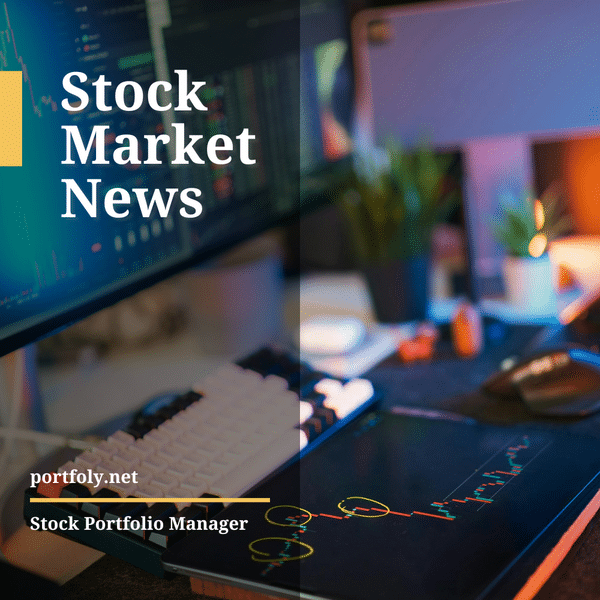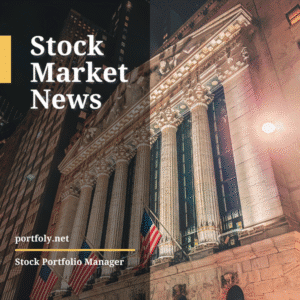In-Depth Analysis of Retail Giants: A Closer Look at Walmart, Amazon, and Target
As we navigate the turbulent waters of the retail sector, there are several key players that stand out, particularly in the current market landscape. This article aims to provide an insightful comparison among three significant retail giants: Walmart (WMT), Amazon (AMZN), and Target (TGT). Each has its unique strengths and challenges that could impact potential investments.
Walmart: The Modern Retail Powerhouse
Walmart has evolved far beyond its initial discount store model. With approximately 4,600 stores across the U.S. and an impressive international presence of 5,600 locations, Walmart remains a formidable force in retail. A major trend is its shift towards technology, with 94% of American households able to order products for same-day delivery. This service enhancement has led to a remarkable increase in e-commerce sales, which have surged by 26% year-over-year. Furthermore, by integrating artificial intelligence (AI) through its shopping assistant, Sparky, Walmart is automating its shipping processes, enhancing customer experience, and boosting profitability.
Walmart’s stock has doubled over the past two years, reflecting its robust growth trajectory, but potential investors should consider its current valuation carefully before entering the market.
Amazon: Expanding Horizons
Amazon continues to redefine retail, particularly through its innovative delivery systems. The company has recently celebrated the deployment of its millionth warehouse robot, streamlining its order fulfillment process. Notably, 62% of Amazon’s products are sourced from third-party sellers, enabling an asset-light business model that minimizes overhead while maximizing flexibility.
The expansion of Amazon’s pharmacy services poses a significant threat to established players like CVS Health, highlighting Amazon’s capacity to disrupt multiple sectors. In addition, its continued investment in international markets, such as a $1 billion enhancement of its Belgium shipping network, demonstrates its commitment to growth. While Amazon’s stock trades at a lower P/E ratio compared to Walmart, it remains an attractive option for value-focused investors.
Target: A Brand with Potential
Target, often affectionately dubbed “Tar-zhay,” has faced its share of challenges in the retail landscape, particularly with a recent 33% decline in stock value. However, the company has demonstrated resilience and innovation, with over 45 exclusive store brands contributing to more than $30 billion in sales annually. Although analysts express concern about Target’s modest top-line growth, its 10.6 P/E ratio places it in the bargain territory alongside other struggling retailers.
The incoming CEO, Michael Fiddelke, emphasizes the importance of customer experience, a strategy that could lead to a turnaround for the brand. As Target works to enhance its offerings, it remains a potentially compelling investment for those willing to take a calculated risk.
Conclusion
In summary, the retail landscape is rife with opportunities and challenges. Walmart and Amazon are at the forefront, leveraging technology and innovative strategies to maintain their dominance. Meanwhile, Target’s potential comeback could present a valuable opportunity for investors who see the brand’s long-term vision. For those interested in staying informed about the latest developments in this ever-evolving sector, consider visiting Stock Market News. Additionally, enhancing your investment strategy with a reliable stock portfolio management service can be beneficial for long-term growth. For further details, explore Stock Portfolio Management, where we target a growth rate of 20% per year.



